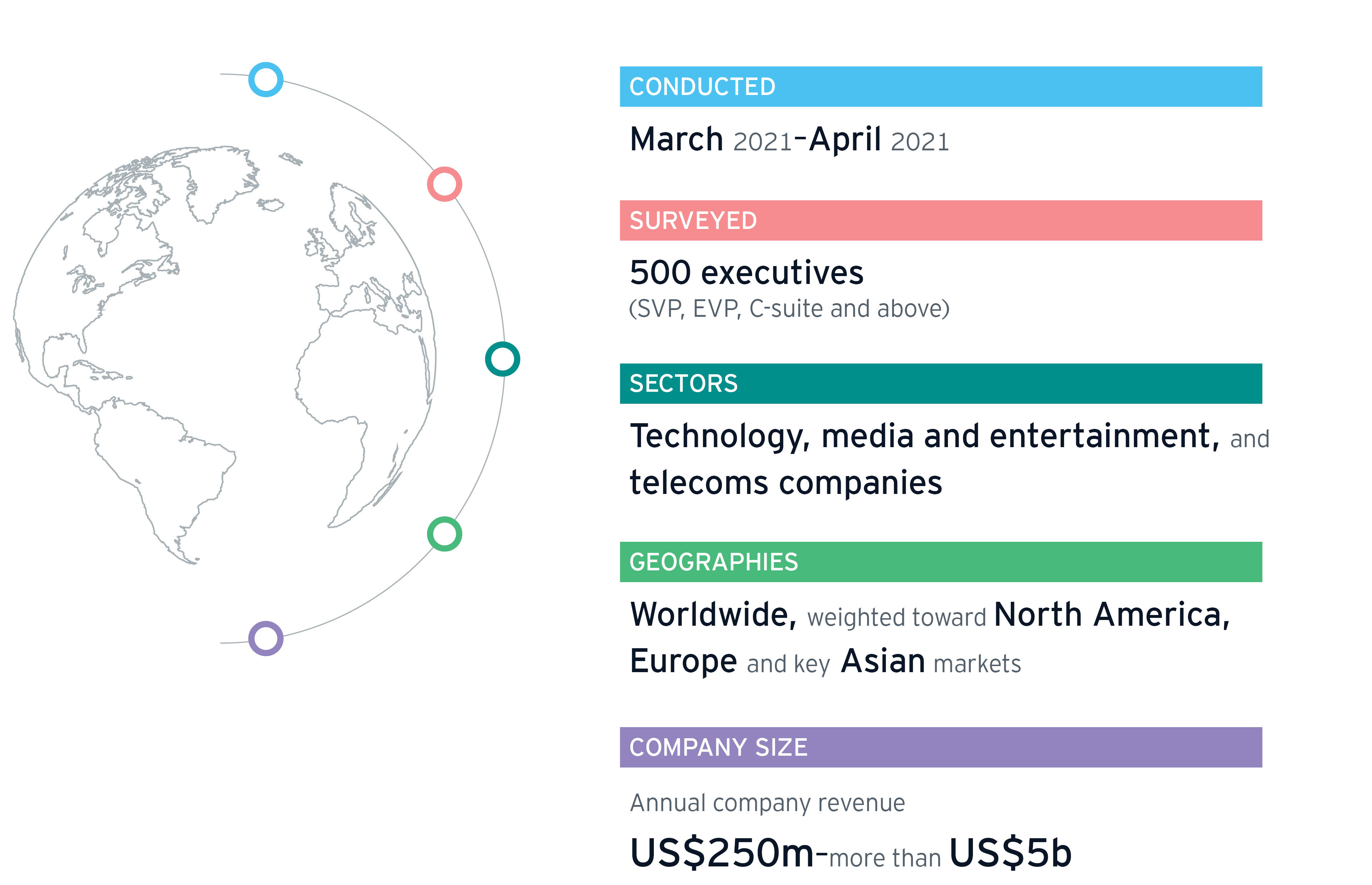
Chapter 1
Trusted data, intelligent analytics
Matching data driven insights with advanced analytics delivers greater transparency, efficiency and predictability into capital investments.
The struggle is real
70%of laggards struggle to demonstrate the value their capital investments bring to the business.
It is an astonishing admission but almost three quarters of laggards, (70%) appreciably higher than the 58% of leaders, struggle to demonstrate the value their capital investments bring to the business. They are unable to prove the efficacy of what their spending.
There are many reasons to explain the inability to bring transparency but at the core is the absence of supporting data or an inability to access and analyze it. To underscore the point 42% of laggards versus just 29% of leaders state they are unable to measure the KPIs of their investments.
Companies that do not have transparency into their capital process are likely incurring spend on projects and assets that fail to deliver meaningful returns or they leave valuable capital idling.
“This is crucial,” says EY US Technology, Media & Entertainment and Telecommunications (TMT) Consulting Leader, Ludvic Baquié. “Companies that do not have transparency into their capital process are likely incurring spend on projects and assets that fail to deliver meaningful returns or they leave valuable capital idling in ‘bucket accounts.’” For example, one cable operator, which had allocated hundreds of millions of spend to extend its network to pass more homes, modelled the investment at a cost per household. As a consequence of an imperfect data strategy they were not tracking KPIs effectively. It took over six months before they identified an overspend of 50-60% and a further four to five months to bring the spend down to a more manageable 20% above their initial forecasts. It goes without saying that identifying the issue sooner would translate into real cash upside. An agile enterprise knows what data to track, does so frequently and adapts accordingly.
The utilization of data is an area where leaders standout from laggards. Divergence between the two segments begins on seemingly fundamental issues, referred to earlier as housekeeping. Seventy-six percent of leaders invested time and resources and have created consistent data taxonomies, which they employ across their enterprise. This contrasts with less than half as many laggards (33%), which lack this fundamental.
The reasons for a weak data strategy are varied but often include legacy tools that are no-longer fit for purpose, insufficient skills or a culture that does not encourage data sharing. It is a challenge that will be exacerbated by the proliferation of IoT and the subsequent explosion in volumes, sources and complexity of data.
A TMT company advanced its data strategy by connecting data across critical parts of their enterprise including the supply chain, engineering, construction and linking everything back to the finance system. In doing so, they had near real-time access to data at the right level of granularity to be able to adapt in weeks and not months, saving tens of millions of dollars each year. Crucially they set a foundation for more dynamic and impactful business planning at a regular and frequent cadence. This is illustrative. It highlights how successful companies recognize that an effective data strategy is ultimately a building block to greater decision-making.
Trusted data is a prerequisite to intelligent analytics and the roll-out of automation. The divergence between leaders and laggards around data maturity is therefore reflected in their deployment of even basic analytics. Seventy-six percent of leaders use standardized analytics to aid reporting and decision making, compared to just 34% of laggards. When it comes to more advanced analytics such as predictive analysis and simulation modelling, where more meaningful improvements become viable, these are currently deployed by 77% of leaders compared to just 30% of laggards.

Chapter 2
Right talent, right skills
Successful capital investment is not only about tools and processes but also having the talent and skillsets to optimize.
Among TMT executives, 89% of leaders believe they will derive a competitive advantage from their ability to maintain a highly skilled workforce to manage capital projects. This compares to just 67% of laggards.
The talent advantage
89%of leaders believe they derive a competitive advantage from their ability to maintain a highly skilled workforce.
Today’s reality is that skills needs are evolving rapidly in TMT. More digitized, cloud-based, AI technologies are creating a need for reskilling and an imperative to attract the right talent. In TMT, edge cloud capabilities require ever more software and AI skillsets compared to traditional communications network engineers. Reaping returns on capital investments is not simply about tools, technologies and processes but critically about the complementary, human components and skills. Put simply, as TMT executives identified, the biggest barrier to the adoption of AI analytics is a workforce with the AI skillsets to take advantage.
Tech enabled by talent
#1Barrier to the adoption of AI analytics is the lack of AI skillsets.
An adaptive organization will deploy resources and capabilities against shifting priorities. This includes talent and skillsets and they do this in different ways; upskilling staff, redeploying existing teams, hiring new skills or rolling-out technology solutions. Most likely it will be some combination of all the above but simply hiring to add volume is almost always not the answer. Neither is it unusual that when companies do roll-out new technologies they do so without sufficient training to fully utilize them, with consequent waste and inefficiencies.
The reality is that TMT companies need to act. For them, the role of talent in capital projects is changing. The use of remote monitoring and automated response shifts the workforce from the field to a virtualized environment. Construction workers are required to leverage more mobile capabilities to ensure collaboration with centralized functions and experts, as well as enable more complex electronics at the edge of the network. Drones, with embedded machine learning can assess in-field assets more cheaply and more accurately than engineers. Eighty-two percent of TMT executives believe the pandemic has accelerated the virtualization of the workforce, slightly higher in telecoms (87%) and slightly lower in media and entertainment (78%) but the trend is clear.
Predictably, the greater adoption of technology solutions means 79% of leaders expect to see less of their staff in the field in the future compared with 57% of laggards. It means the evolution of skillsets is a priority today, with an emphasis on AI, analytics and remote working.
Pivoting the workforce to use technologies to be more efficient and effective is not a simple task. The majority of TMT companies appreciate the challenge they face. Two-thirds (66%) of TMT companies believe it is difficult to find the necessary skillsets within their organization today. To accelerate reskilling and create an adaptive workforce, industry leaders are relying more on technology to speed up learning and make apprenticeship more digitized (virtual collaboration and mixed reality).
Where diagnostic tools and technology-assisted automations can help technicians perform the work that a skilled engineer would have otherwise performed in the past, or where intelligent systems can perform quality control of tasks instead of a human inspector, the right technology enablers complementing the right talent will help bring the best out of companies’ workforce.
Eighty-seven percent of leaders plan to make significant investments in reskilling their talent. In contrast, laggards, where the investment imperative is arguably greater, only 68% see the need to make significant investments in raising the skillsets and capabilities of their employees.

Chapter 3
Active governance, clear communications
Best practice management of capital throughout the investment lifecycle, requires active input from across the business built on clear and transparent communication.
A lot of TMT companies are highly capital-intensive. For them capital TMT is a highly capital investment and operations is crucial in maintaining competitive advantage and yet 82% of TMT companies claim it is unclear who is accountable for the performance of capital investment projects. It seems a staggering absence of clear governance for such a large and important bucket of spend. This is one area where leaders and laggards are almost identically matched, although there is significant variation in markets. For example, contrasting China, where 96% of companies have no clarity on accountability with Japan, where the number is much lower (64%). Markets such as the US (88%) and UK (83%) hover just above average.
A lack of accountability
82%of TMT companies claim it is unclear who is accountable for capital investment projects.
Governance is a concept that means different things in different organizations. It is often perceived as a set of rigid rules used to manage projects from above. However, for adaptive, digital enterprises, governance is much more. In the first instance, it is a framework that acts as a set of guiderails ensuring decisions are made in a consistent, fact-based manner across the organization, while also allowing projects owners to exercise initiative and “local” control. Governance is also active, not a one-time set of decisions but rather a process of monitoring and intervention as needed. Those, who are accountable stay on top of the capital investment and adapt and adjust it. The absence of clear accountability suggests this type of fact-based but adaptive governance is an industrywide challenge.
TMT leadership roles require a broader spectrum of understanding of the inner complexities of the business, which is pushing some companies towards rotational leadership programs. They want their decision-makers to understand the full capital lifecycle not just from a financial standpoint.
Once again, getting it right brings tangible outcomes. Working closely with a telecom company on their program portfolio management, the importance of end-to-end visibility and management from planning to execution, became apparent. By actively looking at and prioritizing a portfolio of 2,000 projects, which accounted for around $400 million of spend, it was possible to increase productivity by 30%.
Integral to active governance is transparent communication, particularly between functions at the center, such as finance and strategy, and those in operations, whether it be at headquarters or “in the field.”. Asked to select from a list of priorities that would enhance effective communication on capital projects, respondent highlighted strong, top-down connectivity and clear upward communication of performance.
In at least one instance we have seen TMT companies fail multiple times to rollout new products, in large part due to the lack of leadership alignment and expectations, as well as failed training and buy-in from the field workforce.
In contrast, one leader in the industry was able to increase predictability and on-time delivery by up to 20% for large capital investments by having a strong governance and feedback loop enabled by technology between field operations functions and headquarter planning functions at each step of the lifecycle.
A consistent flow of information breaks down silos, identifies adjacencies and enhances overall transparency and consistency in the decision-making process.
Across the board, TMT companies are focusing on end-to-end solutions, rather than point products and services, putting an emphasis on the need to break down the silos (e.g. between product, support, legal/contractual, infrastructure, and finance) and deploy active governance.
“A consistent flow of information breaks down silos, identifies adjacencies and enhances overall transparency and consistency in the decision-making process,” says Daniel Theander, EY US-Central Region Technology, Media & Entertainment and Telecommunications (TMT) Consulting Leader. As a result, the organization can continually improve returns on capital investments. For example, the tax department can help ensure that simple changes in tax policy, which could profoundly impact on the performance of capital investments, can be fed into the process. Transparent communication, can relay changes as efficiently as possible, avoiding decision lag and sub-optimal returns. As the list of capital program KPIs expands, to include topics such as ESG, transparent communication will enable more holistic investments that draw on wider inputs and deliver a more balanced set of objectives.
TMT companies, depending on their subsector, have unique Environmental, Social and Governance (ESG) considerations that will drive change across the industry in terms of capital investments. For example, semi-conductor companies are more conscious about water and rare minerals consumptions during production and platform companies are being scrutinized on the way they manage and support their employees (i.e. contingent workers). From a governance perspective, finding the right balance between stakeholders and shareholders will continue to be a key to success for many TMT companies.
Another critical dimension in active governance and clear communication, and one that is often overlooked, is the feedback loop. Learning from their experiences and those of their peers helps improve the effectiveness of future capital investments. This is another area where leaders are distinctive. Leaders are more than twice as likely to proactively learn the lessons from the performance of their capital investments and to feed that back into future behaviors. Best practices would suggest both monitoring projects as they are being executed, or in-flight, as well as after a project’s conclusion, or post-mortem.

Chapter 4
A call to action
TMT leaders demonstrate clear, interconnected approaches that drive the success of their capital investments.
TMT companies are on a treadmill of continuous disruption, innovation and reinvention. More adaptive organizations are more effective at realizing returns on their capital investments. They have more agile and transparent processes for allocation and deployment of capital. To become adaptive requires strong foundations underpinning the use of advanced technologies, processes and capabilities.
Make data and analytics the backbone of capital investment from allocation to optimization.
- A coherent and reliable data strategy is often undervalued but it is a prerequisite for the roll-out of next level tools including analytics and leveraging intelligent solutions.
- Siloes need to be broken down. A successful and adaptive capital investment framework has a culture and the processes for coordination and buy-in across the organization.
- Success (and failure) are measurable. Transparency and the ability to adapt and course correct, rely on consistent data, greater automation and an agile approach to capital programs.
Prioritize talent and skills a prerequisite for success. They are integral to executing throughout the capital investment lifecycle but require significant and continuous investment.
- It is critical that TMT companies understand how their workforce is evolving and the roll that technology plays in the evolution of capital projects.
- Investment in talent and skills should focus on the utilization of new technologies to optimize their effectiveness.
Engage with the organization at every step of the capital investment lifecycle. Ensuring that returns on capital investment meet or exceed targets, requires active input and clear communications.
- Throughout the organization, from the very top to all levels underneath, a capital program is more efficient and effective if siloes are broken down and adjacencies identified. Strong processes that include clear communication enhance transparency and surface opportunities.
- Leadership and active governance are an important part of ensuring performance, course correcting as necessary and learning the lessons from experience.
Related articles
Summary
Capital investment is so integral to the competitive advantage of TMT companies. Their ability to execute investment programs in a dynamic and fast changing industry depends on how successfully they set-up their business as an adaptive digital enterprise.



